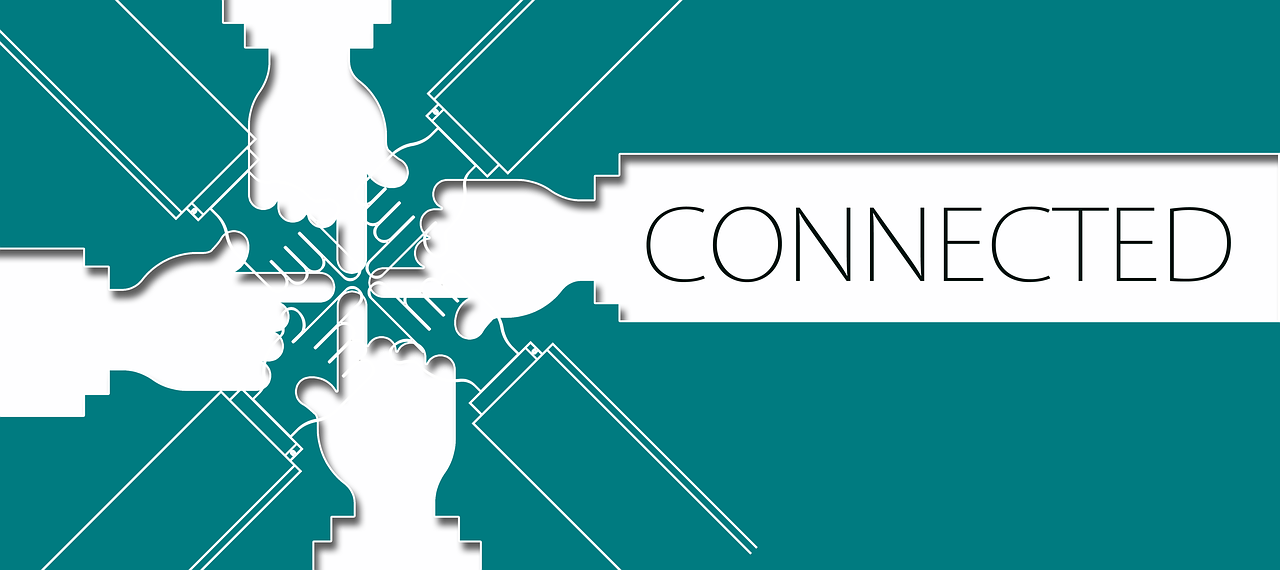
Four speakers share ideas on how to build a corporate culture in the Chinese way
Welcoming remarks were given by Greg Basham, CEO, eeVoices Ltd. He looked at the challenges faced by companies with a Chinese culture and how they can learn and grow using traditional values while being able to think imaginatively. He said, “If training and people are a cost—you’ll get to the wrong place.” Today’s conference looked at how we could shift our ingrained culture, attitudes and perceptions to move us closer to an organisation that’s learning, growing and renewing itself.
Basham looked at Peter Senge’s Fifth Discipline that describes a learning organisation as one where people are continually rediscovering and focus on five areas:
- Systems thinking–understanding the change process
- Personal mastery—giving people the skills
- Mental models
- Building a shared vision
- Team learning
Basham advised that you have the most leverage over people as a resource, but less control. He quoted from The 7 Habits of Highly Effective People, “Seek first to understand, then to be understood. If your company sets up a habits steering committee this will create productive and happy workers, however, if you don’t do it yourself, stakeholders will do it for you.”
Basham strongly believes in the strength of storytelling to build a company. If the story is true and trusted it will carry you to the next level, however you must define where you are going and your steps to get there and communicate this to your employees. When people feel a lack of control, they try to fill in blanks by looking at patterns and this is where conspiracy theories set in. You either create the story or become a victim of it.
Basham highlighted that often companies do not know their talent. Surprisingly, only 16% of CEO’s asked in a McKinsey & Co. survey knew who their top performers were and an even smaller percentage knew their development plans for top performers.
Change of attitude
Dr Joe Leung, Founder, Organisational Learning Consultancy Ltd. Looked at building a strategic learning organisation. He wants to overthrow the perception that Chinese companies are hard on employees and do not provide learning environments.
Leung believes strategies must be broad visions so that they can adapt to a changing environment and expand to create a future. Some people make it too complicated, and don’t think for themselves. He advised, “It is important to stop and think.”
Leung drew attention to the fact that as humans we are resistant to change, but he stressed the importance of change to learning. It is important to collaborate and create awareness, which gives us the courage to change.
Leung called for an integrated educational strategy intended to change the beliefs, attitudes, values, and structure of organisations so they can better adapt to the external challenges. Likewise, a company must sustain itself from generation to generation.
Leung said, “The difference between success and failure is flexibility, drive and targets.”
In order to move forward Leung emphasised the importance of learning from your mistakes. He said put yourself in situations where you can make interesting mistakes and have the self-confidence to admit to them. Mistakes, advises Leung are not the problem—it is how you react to them. We must accept ownership and share mistakes with others.
Learning is difficult when sharing and communication are not a part of organisational culture within and outside of the company. We should all learn from others’ mistakes, however, Leung admitted that this is not easy because media often display mistakes as signs of weakness and criteria by which companies should be judged—this hurts management.
Evolution of learning
Dr John Mok, Chairman, Automatic Mfy Ltd, looked at building a learning organisation from inside out. He said companies need commitment to deployment and evolution of learning, as well as a shared vision and combined effort to remove barriers.
He said, “modify what you learn for greater effect on the company.” He outlined the keys success factors as turning individual learning into team learning and cross-departmental sharing. Learning organisations coach and modify versions for planning, reporting and benchmarking.
Mok looked at how to speed up organisational learning through coaching:
- Find an opportunity for development
- Conceive the “pseudo-solution”
- Demonstrate to user to provoke customisation
- Analyse and justify the return on development
- Develop and coach the customised template
- Monitor and support users during the initial deployment
- After deployment has commenced, audit and benchmark
Dr Ricky Szteo, Executive Director of Hung Fook Tong Holdings Ltd listed the key factors in effective learning as: personalities that enhance innovations, a high level of openness, a global—not local—mindset, confidence in ability and drive. He recommended selecting team members who have skills specific to their roles, or who have a range of skills and encouraged the sharing of communication with outsiders. Manage the culture by sharing ideas, encouraging innovation and providing goal clarity, support, openness and clear leadership.





